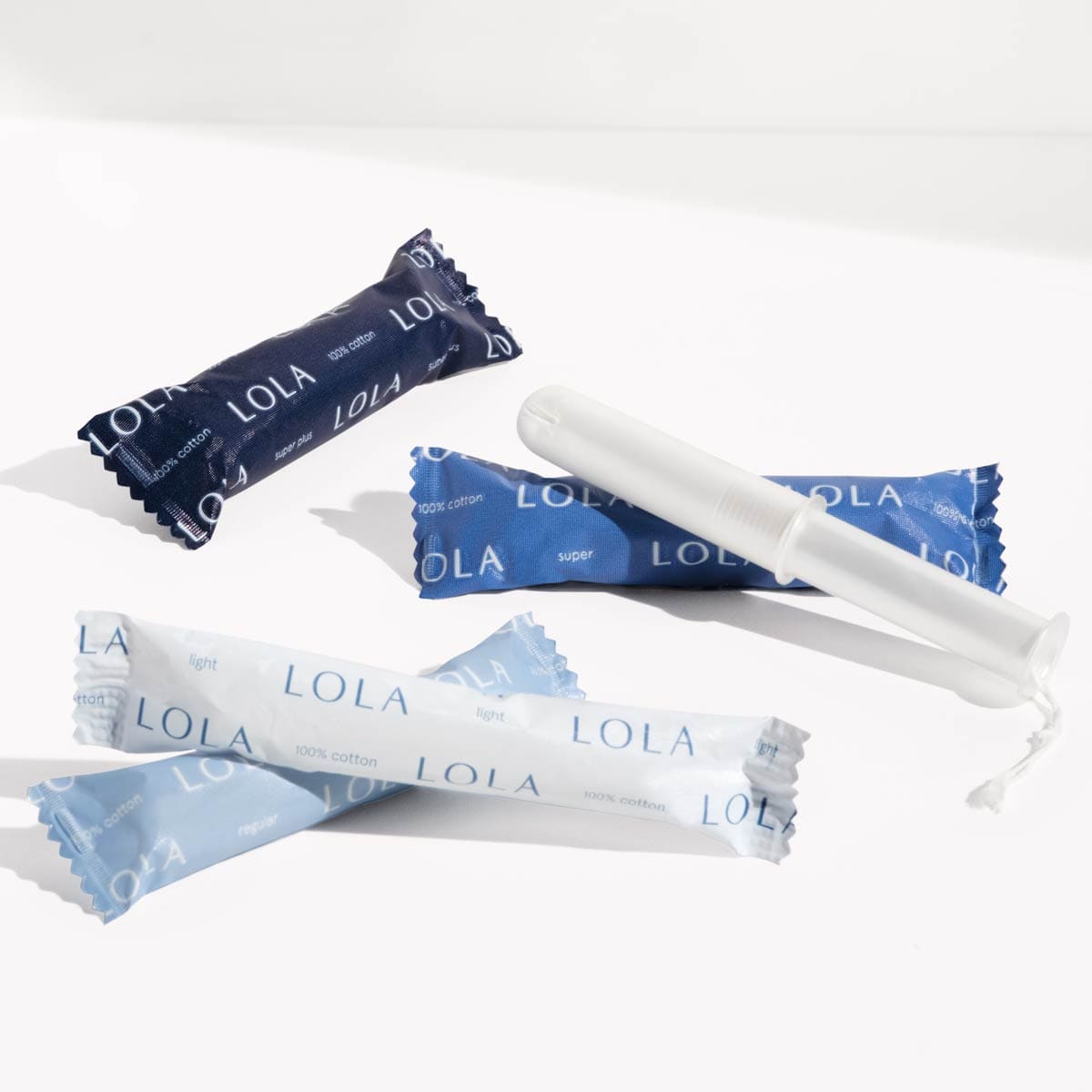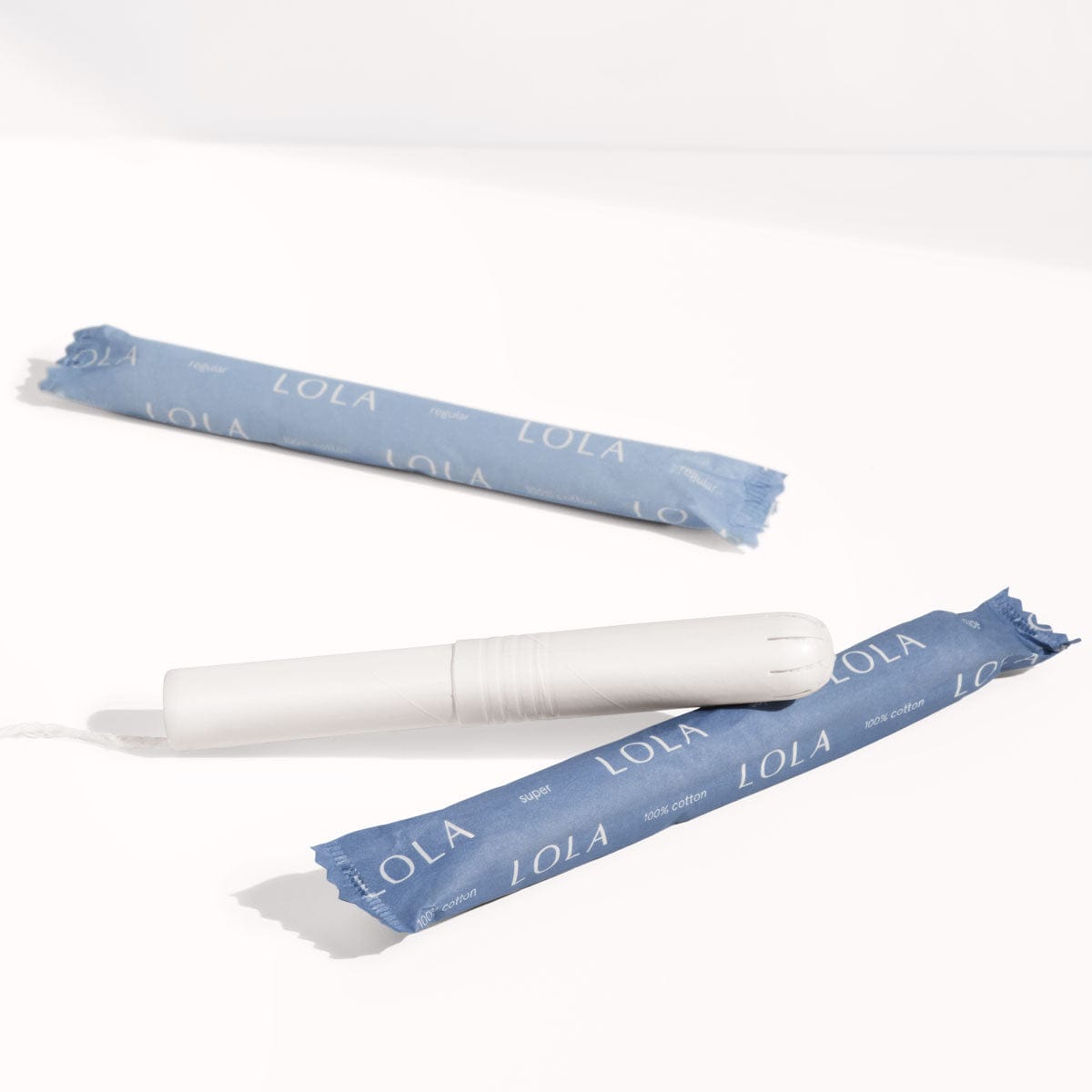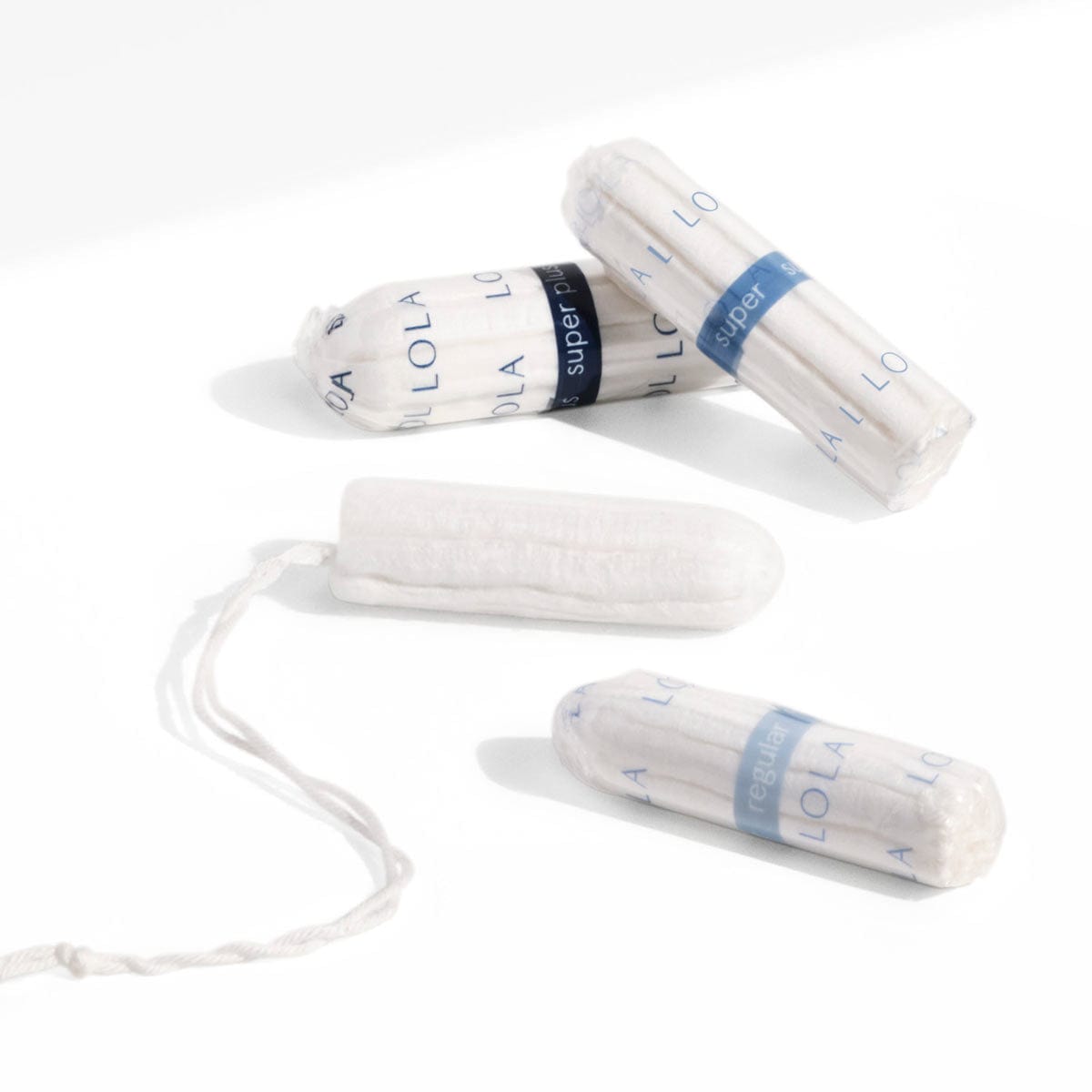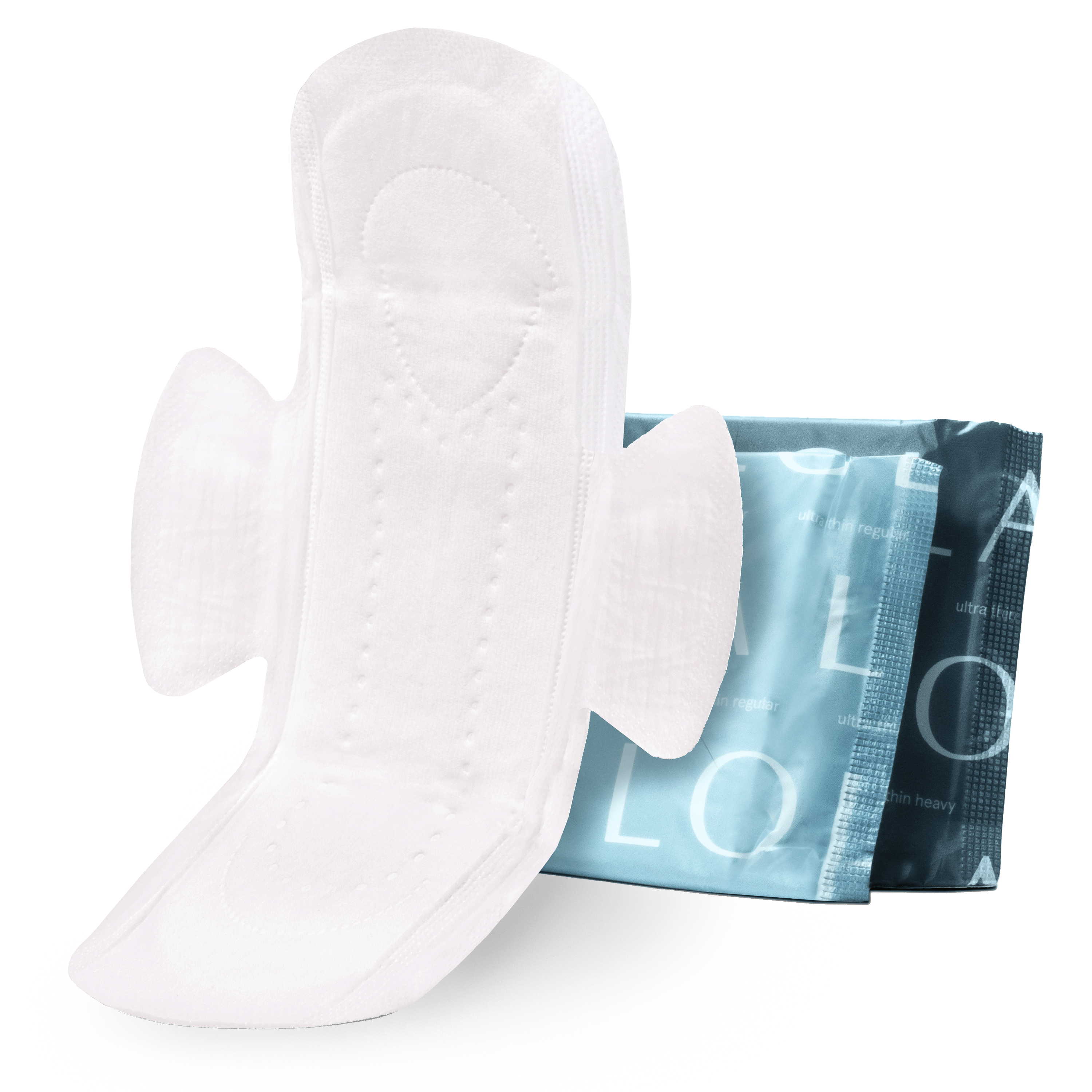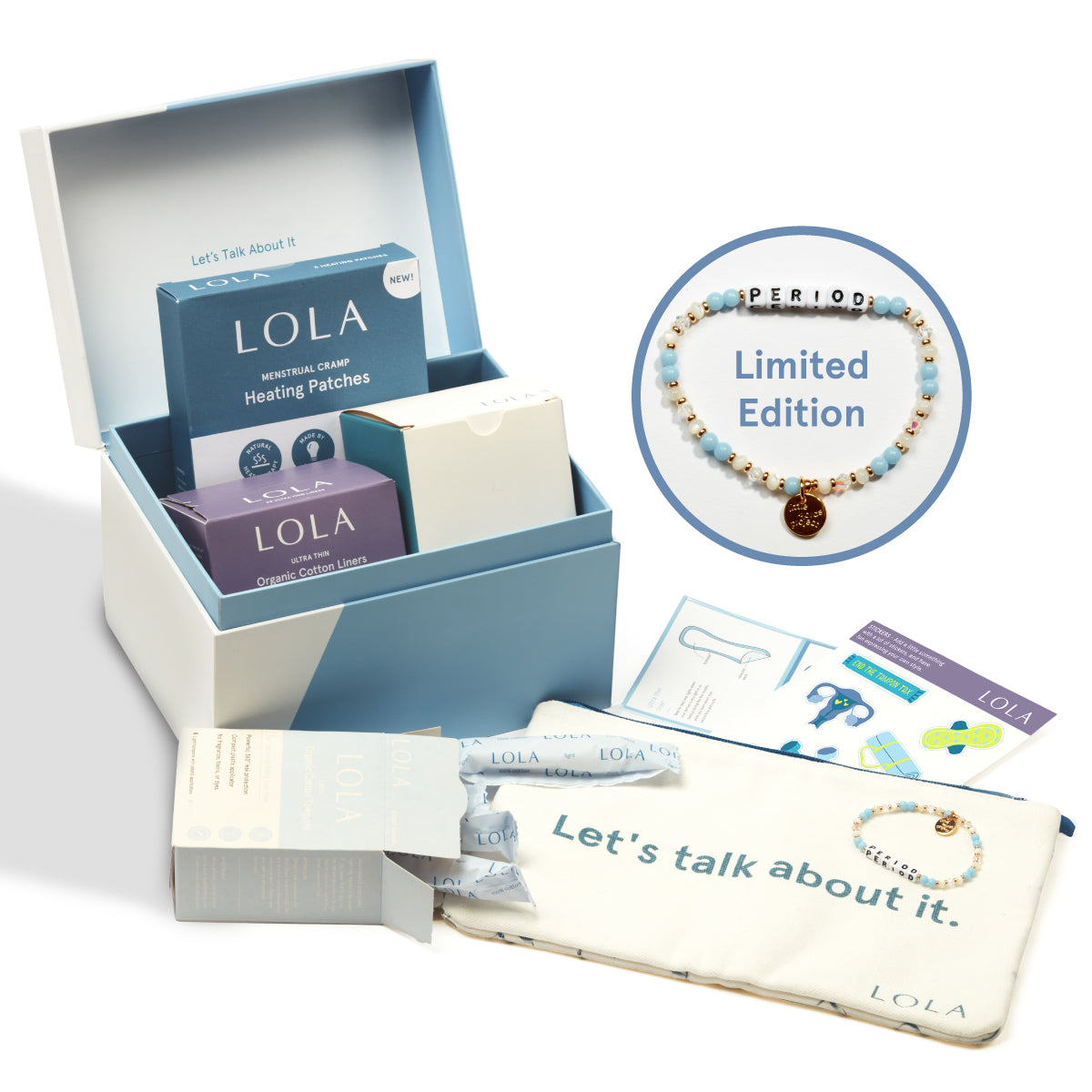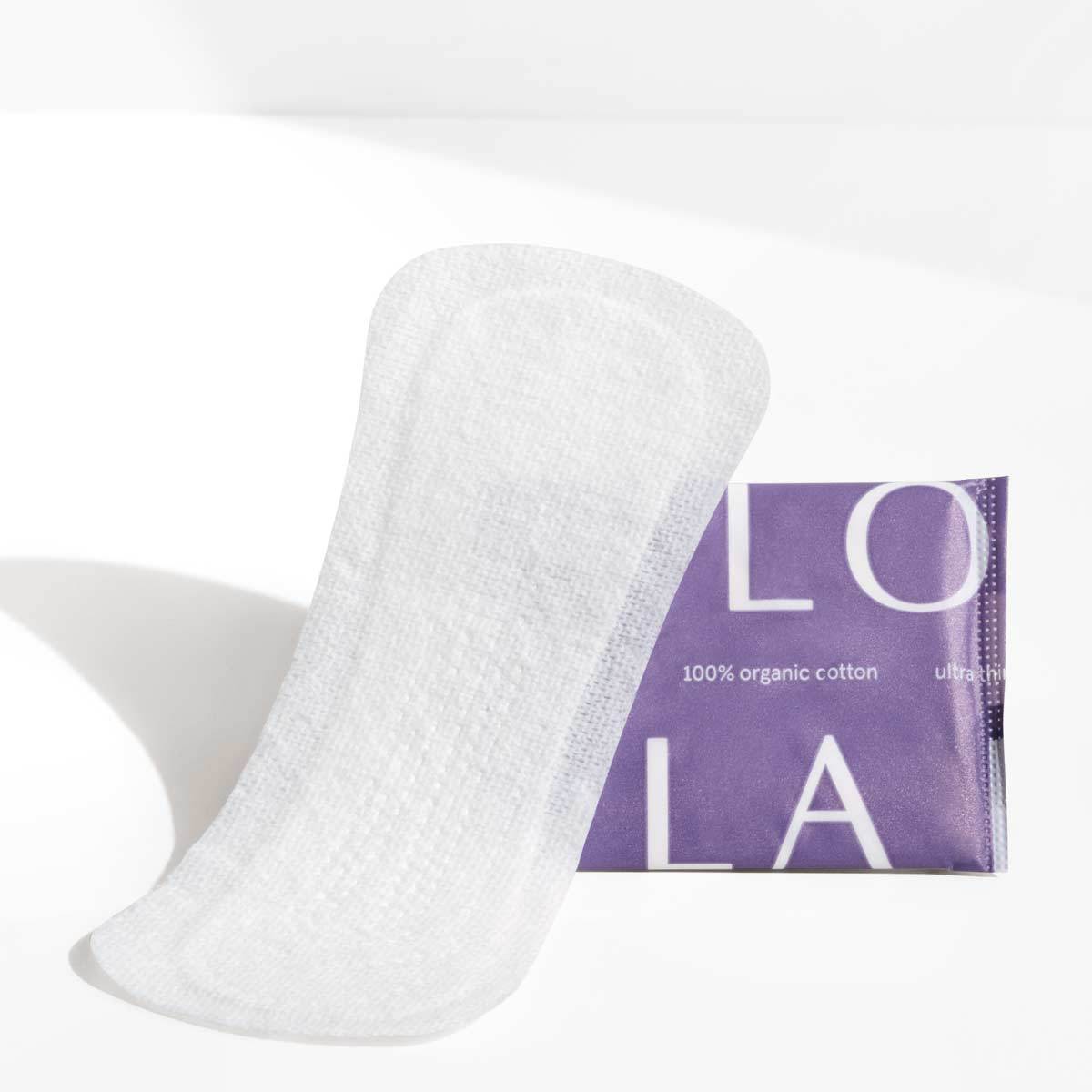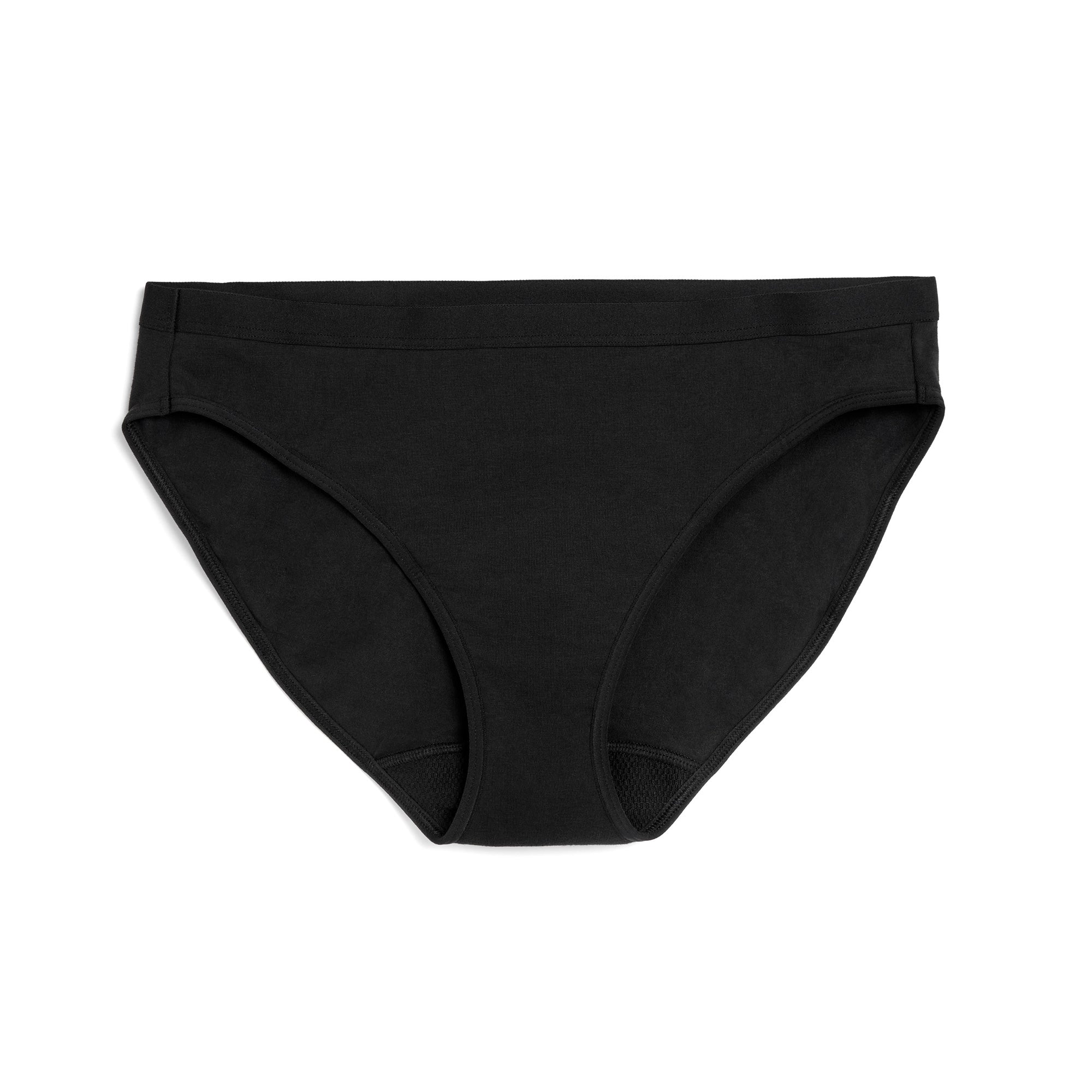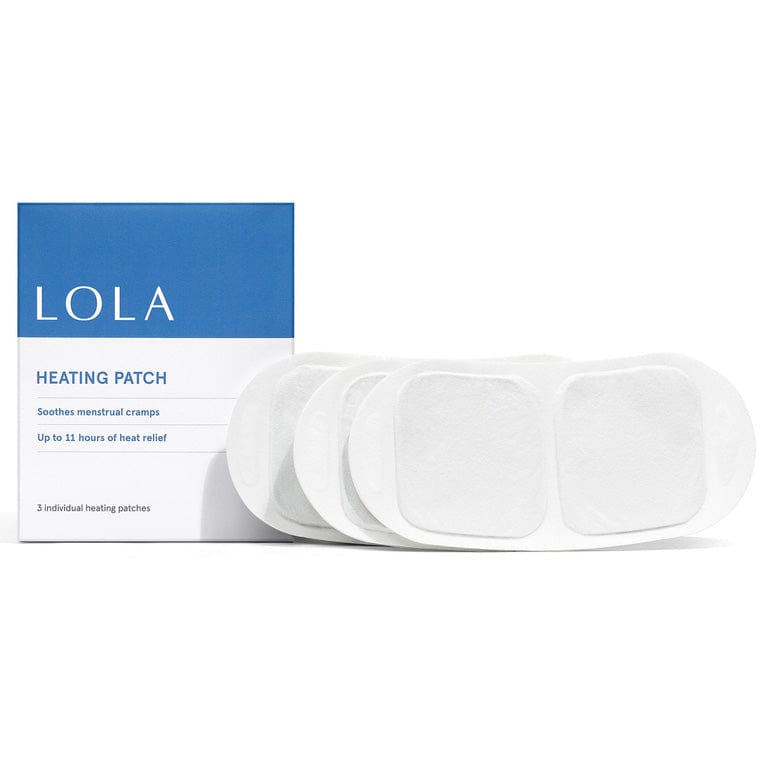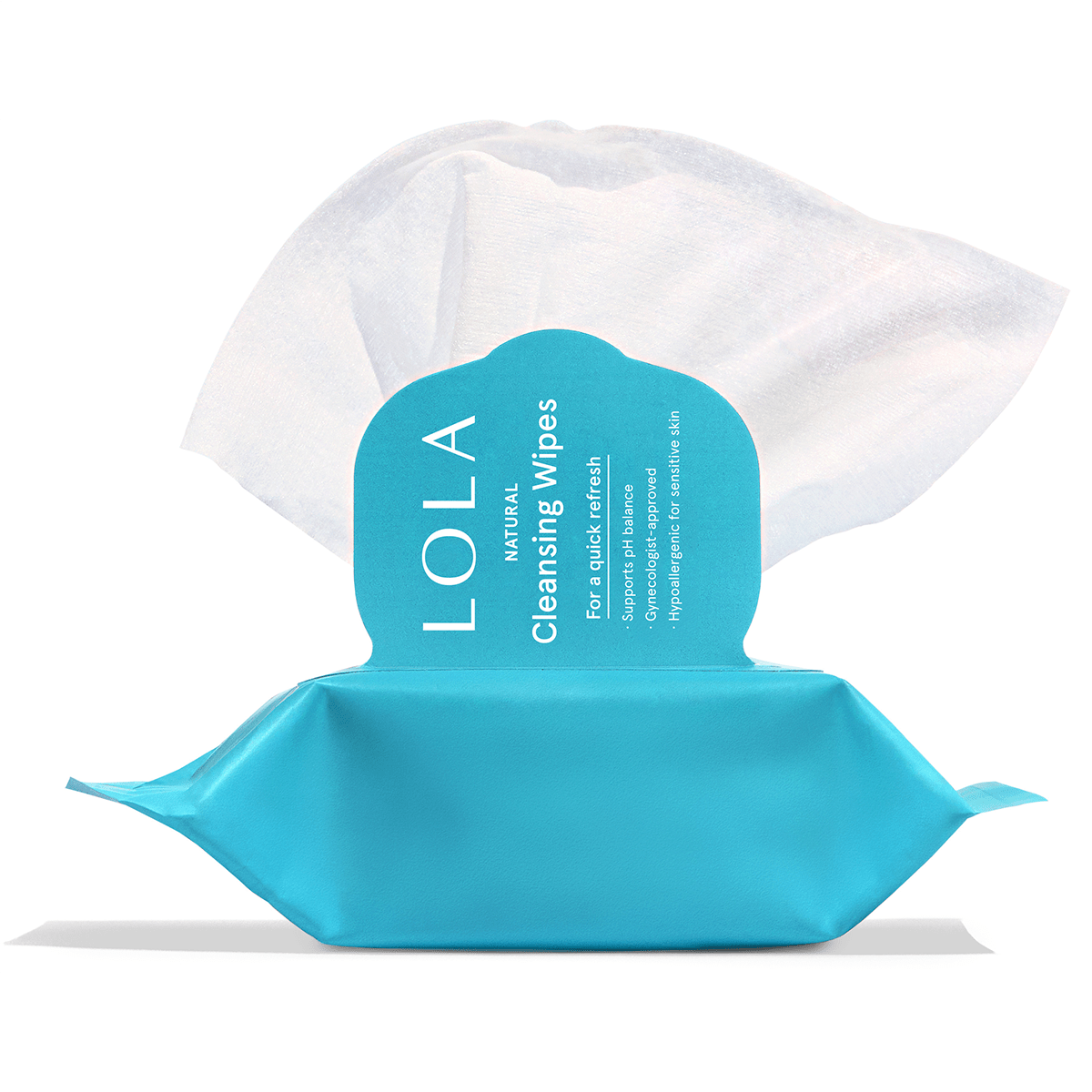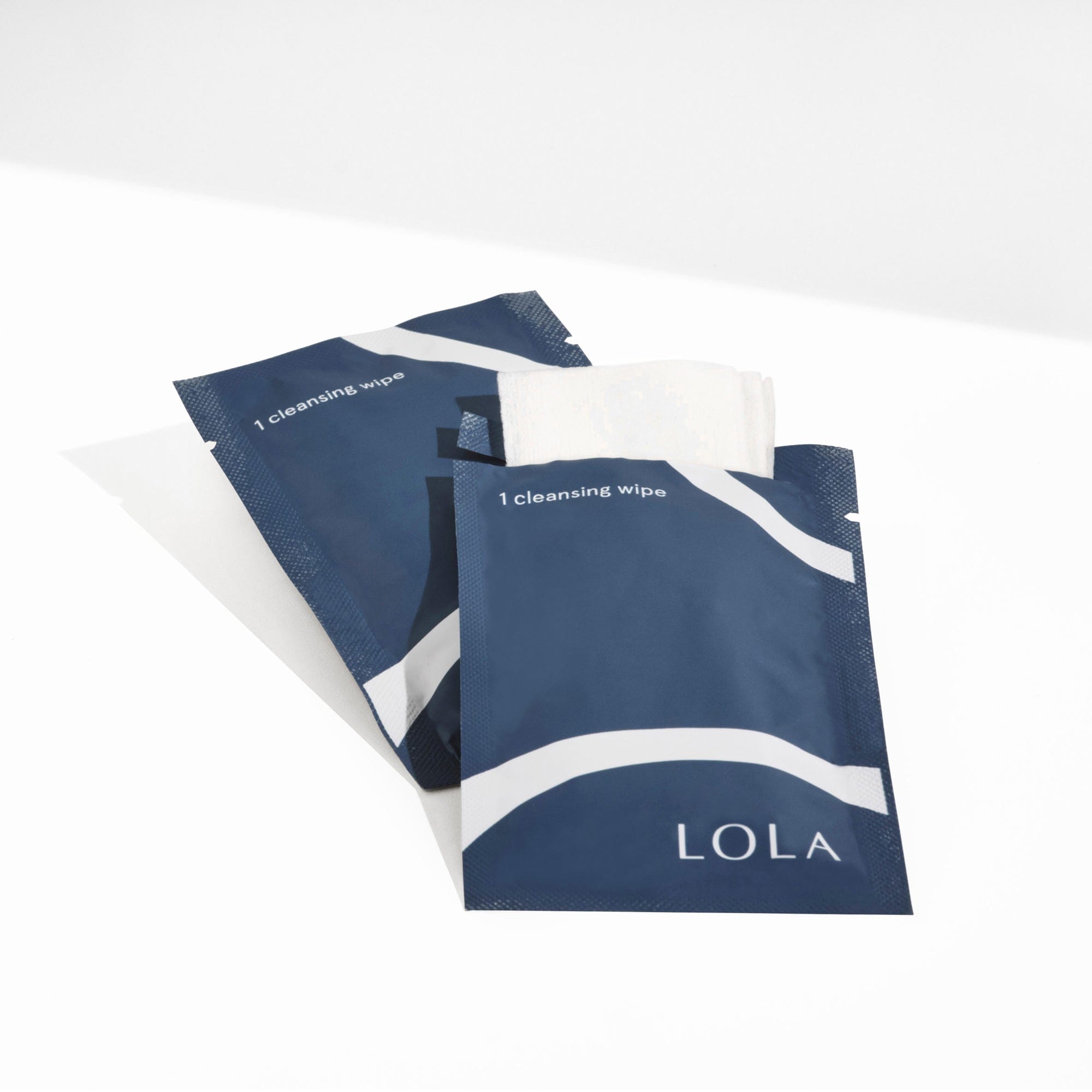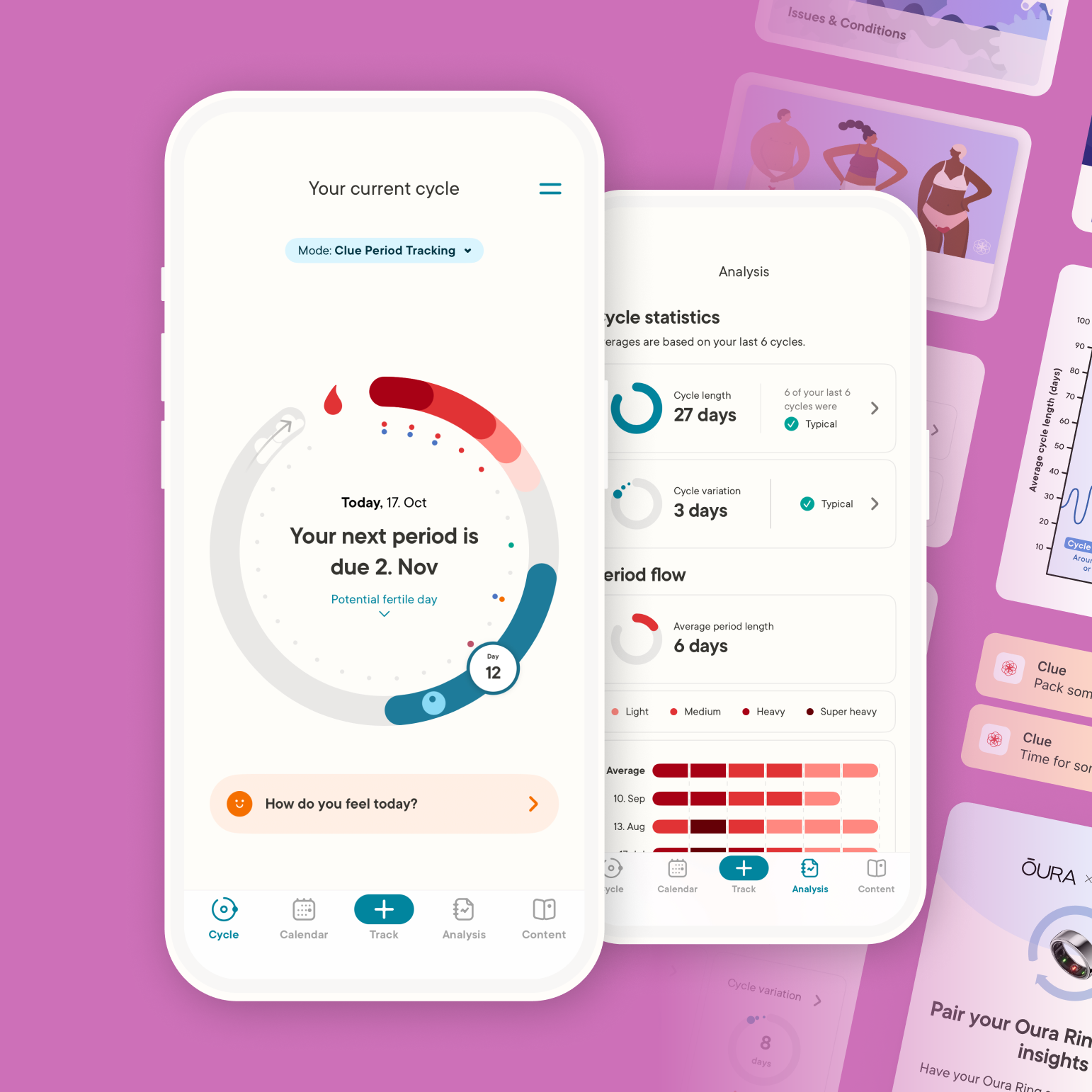Used to be, when that time of the month came around, you essentially only had two options: disposable pads or tampons. But over the past couple decades, more period products have hit the market, and now people who menstruate can add reusable cloth pads, menstrual cups, and period underwear to the mix. With more choices than ever, how do you decide which period product is right for you and your cycle? Menstrual pads and period underwear both provide a high level of period protection, but vary when it comes to cost, comfort, and convenience. Here’s what to consider when choosing between the two.
What is period underwear?
Period underwear is like regular underwear, but it’s made of layered absorbent material, with some pairs able to hold up to three medium tampons’ worth of menstrual blood. You can wear period panties solo, use them for extra period protection on heavy flow days, or as a backup if you’re not sure when your period is coming. The multi-level moisture barrier helps keep you dry, odor-free, and comfortable, although absorbency levels vary by the brand and type.
Period panties are washable and reusable, making them more eco-friendly than tampons or disposable pads, which end up in US landfills by the billions each year. They’re also a more affordable option in the long run, but you can expect a higher up-front cost: the average person who menstruates spends $20 per cycle on period products, while the cost of one pair of period panties ranges from $15 to $45.
Period underwear can last a few years if well-maintained, but depending on your flow, you’ll likely need to purchase at least a couple pairs. And you’ll need to factor in laundry–The Cleveland Clinic recommends changing and cleaning each pair after 12 hours of use, or more frequently on a heavy flow day. (Machine or hand wash with cold water and a mild detergent or soap, and air-dry.
Stay comfy in breathable cotton during your period with our Period Underwear. [Shop now]
Buy 3 pairs and use code UNDERWEAR to get 30% off your Period Underwear purchase of 3 or more.
What to know about menstrual pads
Menstrual pads come in two forms: disposable pads, or reusable cloth pads. Both are fitted inside your regular underwear and secured in place using adhesive wings or snaps. However, the materials, care, and absorbency levels vary by brand.
Disposable pads are either made of organic cotton or synthetic materials like rayon or polyester. Organic cotton pads are soft and breathable, and free of chemicals and additives like fragrance, dyes, and absorbent polymers, making them ideal for sensitive skin. Disposable pads come in different sizes and absorbency levels, so you can select the type best suited to your flow. As a general rule, The American College of Obstetricians and Gynecologists recommends changing pads every 4-8 hours. Disposable pads are convenient—purchase them by the pack, then dispose after each use. That also means they produce a ton of waste, with an average of 12 billion pads thrown out yearly
Reusable cloth pads are certainly more environmentally-friendly—but, you have to wash them. Like disposable pads, they vary in size and thickness level, and you should change them every 4 to 8 hours, and wash them after every use (machine or hand wash with cold water and soap or detergent). Some reusable pads come with an additional absorbent pad insert for heavier flow days. Similar to period underwear, they’re a better economic bet over time, but cost more upfront, ranging between $15 and $35 per pair, while disposable pads cost between $4 and $15 per pack.
Which are more comfortable? It’s a matter of personal preference. Some reviewers have described reusable pads as being more “skin friendly,” made with cloth materials like bamboo, cotton, and hemp, and less bulky because they fit more seamlessly in underwear. But even if you opt for the softest organic cotton reusable or disposable pads, some people simply find pads uncomfortable, or diaper-like.
Feel feel clean and confident during your period with our Pads With Wings made with 100% organic cotton. [Shop or Subscribe To Save now]
How are menstrual pads and period underwear different?
Here’s how disposable pads, reusable cloth pads, and period underwear rank on factors like absorbency and period protection, comfort, cost, maintenance, and sustainability
Absorbency and protection
If leak protection is your top priority, menstrual pads are likely a safer bet, as they’re designed to provide absorbency for light, medium, and heavy flows. You can pick the thickness level that’s best suited to your flow, and change them as needed.
Period panties should offer the same level of period protection, but it could take a little more trial and error to find the pair that’s best for you. Keep in mind that every brand is different, and it’s a good idea to read online reviews before purchasing.
Comfort and fit
Some people find that period underwear is more comfortable because it fits like regular underwear, while even the softest, gentlest pads can evoke a heavy, diaper-like sensation, and may create friction and irritation. On the other hand, in wearing period panties you run the risk of feeling unwanted moisture, say if you forget to change them in time or if your flow is heavier than you anticipated, and for some, that could be a dealbreaker.
Cost and value
If you’re able to pay more upfront for period underwear (between $15-$45 per pair), you will save money over time by foregoing the continual monthly cost of disposable pads (average $20 per cycle). Compared to reusable cloth pads ($15-$35 per pad), period underwear costs roughly the same, but reusable cloth pads last more like 5-10 years with proper care. It’s possible that you’ll go through a few pairs of period panties first before finding the type that you like the best, but once you’ve landed on the brand for you, if you’re diligent about washing them regularly, they should last a few years.
Sustainability and environmental impact
Period underwear and reusable pads are both more sustainable than disposable pads, which add up to billions in trash each year. If you’re concerned about environmental impact, investing a one-time upfront cost for period panties or reusable pads will significantly cut down on waste from single-use pads. If you properly care for them, you should be able to reuse them for years.
Maintenance and care
Disposable pads are the more low-maintenance option, single-use items that you discard every 4-8 hours or more frequently, depending on your flow. Period underwear and reusable cloth pads require a greater time investment, both necessitating changing, washing, and air-drying after each use (every 12 hours for period underwear, and every 4-8 hours for reusable pads). When machine washing, always use cold water and mild detergent in a gentle wash cycle, without mixing with other clothes. When hand washing, use cold water and mild soap or detergent. Always air dry.
Which menstrual product is right for you?
Choosing the right menstrual product isn’t always immediately obvious, and everyone’s comfort level and menstrual cycle are different. Sometimes it takes trying out a few different products before figuring out which work best for you and your cycle. If you’re looking for a more environmentally-conscious, cost-effective option, give period underwear or reusable cloth pads a try. But if convenience, low upfront costs, and not having to bother washing your period products every day of your cycle are more important to you, disposable pads are likely a better bet.
Shop clean period products made with organic cotton. Pair LOLA's pads and tampons with our period underwear or PMS cramp relief products for reliable protection and comfort. All products are hypoallergenic and gynecologist-approved. [Shop Now]
